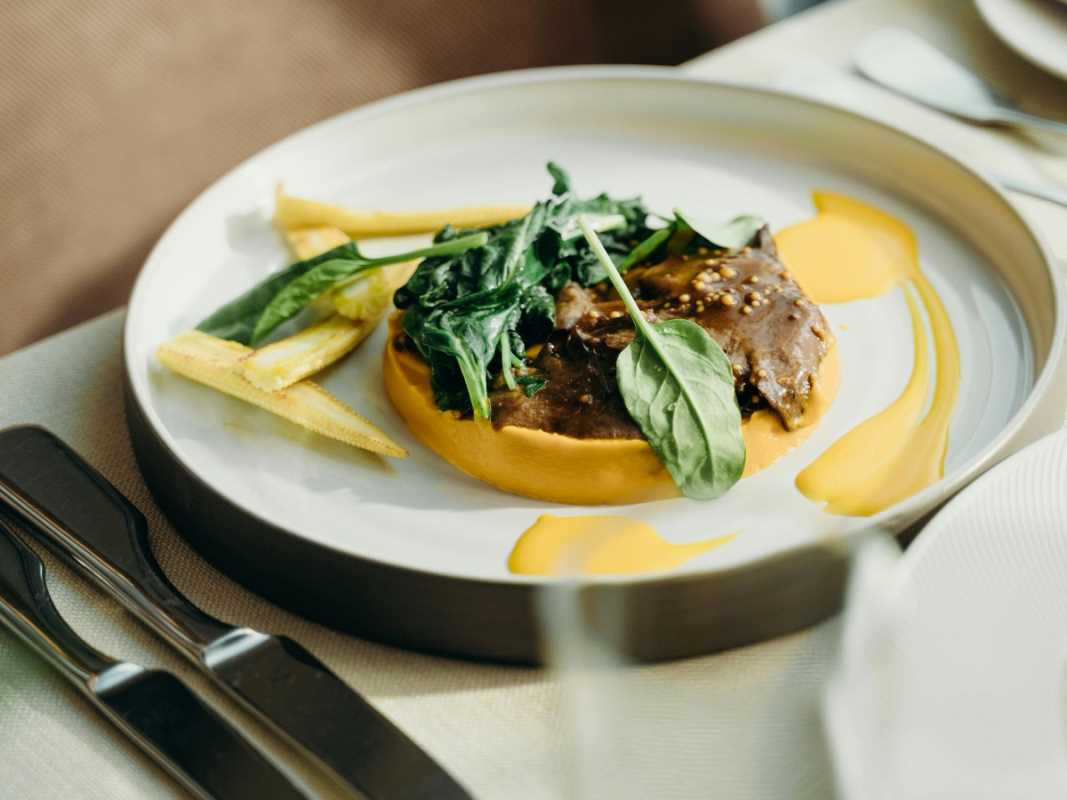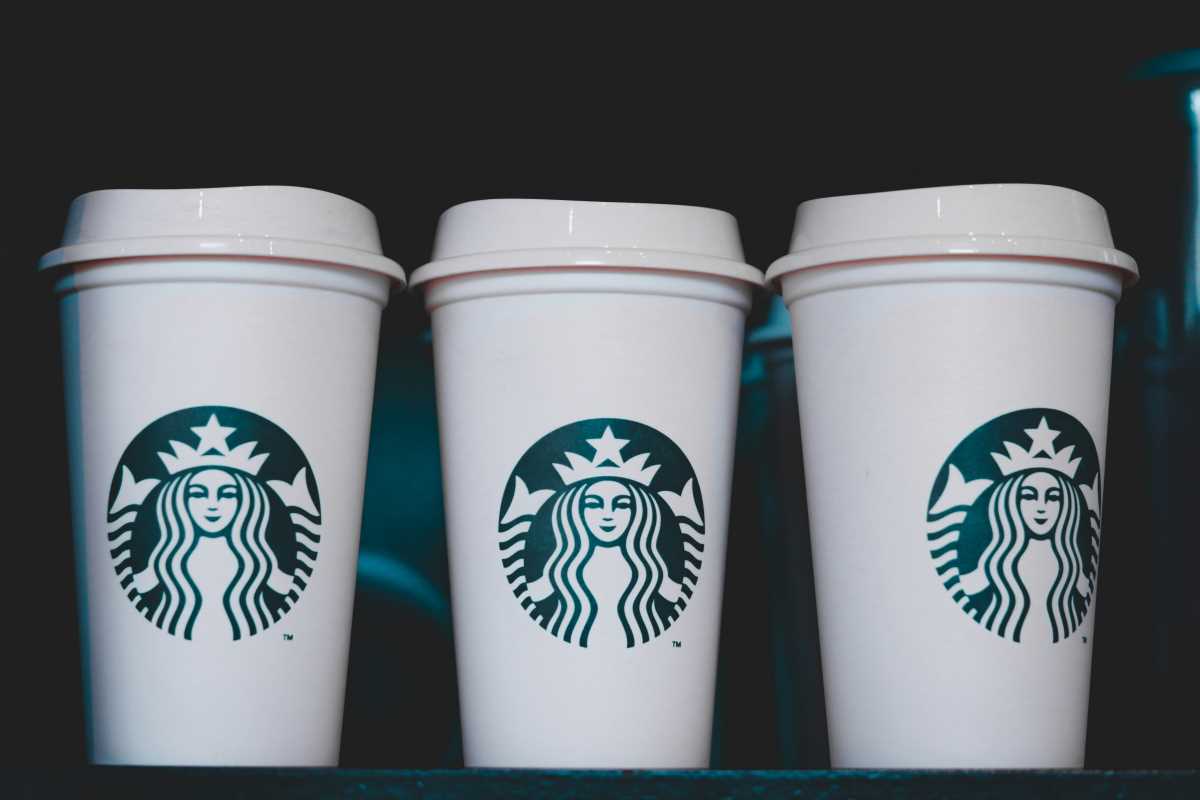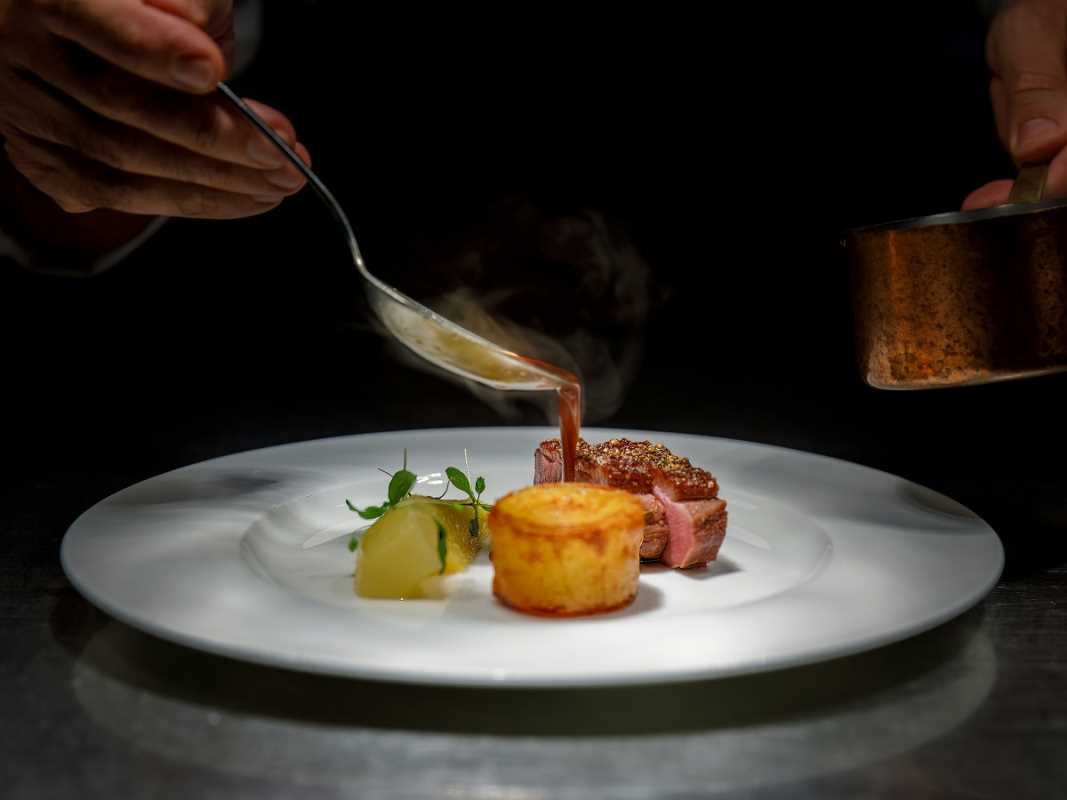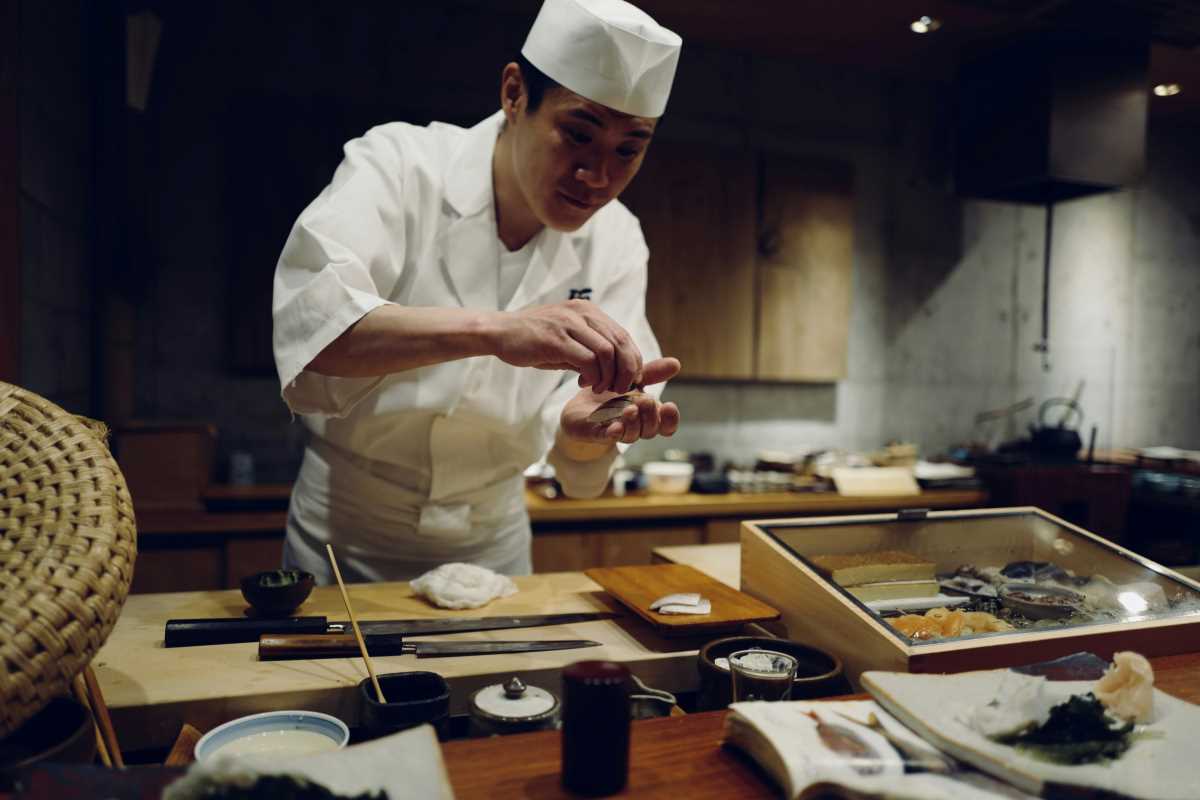Ever dropped serious cash on a Michelin-starred restaurant only to leave feeling like you just paid premium prices for a mediocre experience? You're definitely not alone! While those coveted stars are supposed to guarantee exceptional dining, the reality is that some restaurants coast on their reputation while delivering experiences that fall flat.
We've explored the world of high-end dining and discovered that a Michelin star doesn't always equal mind-blowing food or flawless service. From underwhelming dishes that don't justify the price tag to pretentious atmospheres that kill the vibe, these restaurants prove that even the most prestigious awards can't guarantee satisfaction. Ready to discover which star-studded spots might leave you questioning your dining choices?
Le Bernardin, New York City
Le Bernardin consistently ranks among the world's best restaurants and holds three Michelin stars, but our experience left us wondering what all the fuss was about. The seafood-focused menu promised innovative preparations that would showcase the chef's legendary technique, yet many dishes felt surprisingly one-note and lacking in creativity.
The tasting menu clocked in at over $300 per person, but several courses felt more like expensive appetizers than substantial dishes worthy of the price point. The famous tuna dish, while perfectly executed from a technical standpoint, lacked the flavor complexity you'd expect from such a renowned establishment. The service, though polished, felt robotic and overly scripted, creating an atmosphere that prioritized performance over genuine hospitality. For a restaurant of this caliber, the overall experience felt more like paying for prestige than actual culinary excellence.
The French Laundry, California
Thomas Keller's Napa Valley flagship restaurant commands astronomical prices (upwards of $400 per person) and requires reservations months in advance, setting expectations sky-high. Unfortunately, our visit revealed a restaurant that seems to be resting on its laurels rather than pushing culinary boundaries.
Many dishes felt like rehashed versions of classics from the restaurant's glory days, lacking the innovation and surprise that originally earned its reputation. The portion sizes were laughably small, even by fine dining standards, making the already steep prices feel even more excessive. The service, while technically proficient, came across as pretentious and stuffy, with servers who seemed more interested in reciting rehearsed descriptions than creating genuine connections with diners. For the amount you'll spend, there are countless other restaurants that offer more creative cuisine and better value.
Guy Savoy, Las Vegas
This Las Vegas outpost of the famous Parisian restaurant promises to bring authentic French fine dining to the Strip, but the execution feels more like an expensive theme park version of the original. The artichoke and black truffle soup, supposedly the restaurant's signature dish, arrived lukewarm and tasted surprisingly bland for something featuring such premium ingredients.
The dining room's atmosphere feels artificial and lacks the charm of genuine Parisian bistros, creating an environment that screams "tourist trap" rather than authentic culinary destination. Service throughout the meal was inconsistent, with long gaps between courses and servers who seemed overwhelmed by the restaurant's reputation. At nearly $500 per person for the tasting menu, the experience felt more like paying for the privilege of eating in a casino than enjoying world-class cuisine.
Alinea, Chicago
Alinea built its reputation on molecular gastronomy and theatrical presentations, but the emphasis on spectacle often overshadows the actual flavors on the plate. Many courses prioritize Instagram-worthy visuals over taste, resulting in dishes that look incredible but fail to deliver satisfying flavors or textures.
The famous dessert course, where chefs create edible art directly on your table, generates plenty of social media buzz but feels more like performance art than serious cuisine. The tasting menu stretches over three hours, but many courses consist of tiny bites that leave you hungry despite the hefty price tag (around $400+ per person). The experience feels designed more for food bloggers and social media influencers than for diners who simply want exceptional food in a comfortable setting.
Daniel, New York City
Daniel Boulud's flagship restaurant maintains its Michelin star status, but recent visits suggest the kitchen has lost some of its edge. The classic French techniques are executed competently, but many dishes feel dated and uninspired, like eating from a cookbook written twenty years ago.
The formal dining room atmosphere feels stuffy and pretentious, creating an environment where diners feel pressured to whisper and behave according to outdated fine dining protocols. The wine pairings, while expensive, often felt disconnected from the dishes they were meant to complement. For the $200+ per person price point, you can find more innovative and satisfying dining experiences throughout the city that don't require formal attire and hushed conversations.
Eleven Madison Park, New York City
Before its controversial shift to plant-based dining, Eleven Madison Park was already showing signs of decline, but the recent transformation has created an even more disappointing experience. The plant-based tasting menu feels more like an expensive experiment than a fully realized culinary concept, with dishes that try too hard to recreate meat-based classics rather than celebrating vegetables on their own terms.
The service remains impeccable from a technical standpoint, but the overall experience feels preachy and self-congratulatory rather than focused on guest satisfaction. Many courses involve elaborate presentations that prioritize theater over flavor, resulting in dishes that look impressive but taste surprisingly bland. At $400+ per person, the restaurant seems more interested in making environmental statements than providing exceptional dining experiences.
Masa, New York City
This sushi counter commands some of the highest prices in American dining (often exceeding $600 per person), but the experience rarely justifies the astronomical costs. While the fish quality is undeniably excellent, the preparation lacks the artistry and innovation you'd expect from such an expensive restaurant.
The omakase format provides no choices or flexibility, and the chef's personality can significantly impact your experience—some diners report feeling rushed or unwelcome if they don't demonstrate sufficient appreciation for each course. The sake pairings add another $200+ to the bill but often feel excessive rather than complementary to the meal. For serious sushi enthusiasts, there are numerous other options in the city that provide comparable quality at much more reasonable prices.
 (Image via
(Image via





